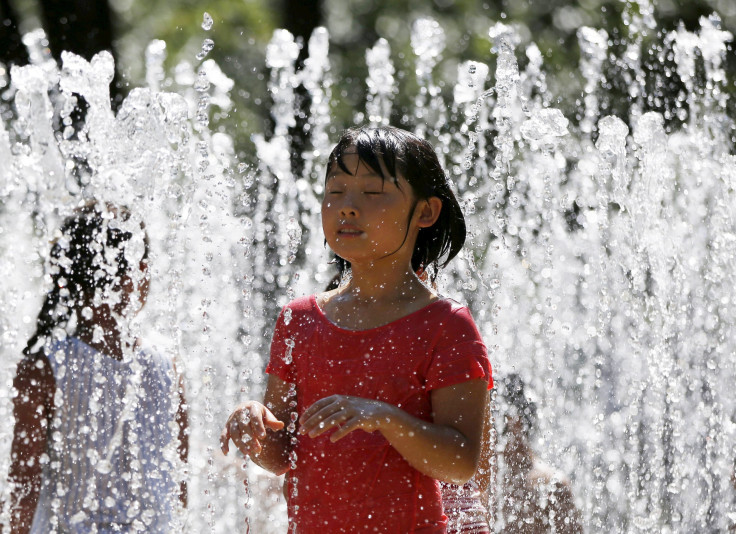World Water Day: US Risks Water Supply Problems In Coming Decades

The United Nations designates March 22 “World Water Day” and delivers startling news in advance: Within the decade, half the world’s population will be living in areas of water scarcity and two-thirds will be living in water-stressed conditions. Similarly, University of Twente researchers estimate 66 percent of the global population (or 4 billion people) already live under conditions of severe water scarcity at least one month of the year.
Think the United States is immune to the problem? Think again. According to the Dutch researchers, 130 million people in the U.S., mostly those in western states such as California and southern states such as Texas and Florida, face severe water scarcity at least part of the year. Meanwhile, the World Resources Institute suggests in little more than two decades the likelihood that the United States will face water stress is “high.”
“Water stress” simply means either the demand for water exceeds its availability or poor quality restricts its use. (Think Flint, Michigan, where H2O is on hand, but isn’t clean enough to drink.) When stress occurs, according to the European Environmental Agency, the deterioration of freshwater resources soon follows and this can lead to illness. For example, a quarter of the globe’s population lacks the necessary resources to access anything more than a feces-contaminated source for their drinking water, risking diarrhea, cholera, polio, and other diseases.
To avoid water stress, we need to tackle underlying causes. While worldwide population growth contributes to the problem, other natural and man-made issues also take their toll on resources.
Escalation
The world’s population, as you probably know, is ballooning at a previously unseen pace. About 200 years ago, the total population was less than a billion — today it is more than 7 billion. Even worse, between 1900 and 2000, the population grew at a rapid clip from just 1.5 billion to 6.1 billion. The rate of growth, then, has picked up speed. While more people roaming the planet will certainly increase water use, the UN says during the last century water use has grown at more than twice the rate of population growth. The fact is, collectively, we are using more H2O than ever before.
A shifting climate also influences the availability of this most precious resource. Weather patterns can alter the cycles of rain, changing the amount, timing, and intensity of precipitation. The problem is not simply insufficient rainfall; in some areas, alterations in the weather cause flooding or a rise in the sea level, which can damage water infrastructure or reduce the quality of water.
“Water scarcity is both a natural and a human-made phenomenon,” says the UN, which calculates the planet’s freshwater resources as adequate for sustaining the current population.
Shortages happen due to waste, imperfect distribution methods, and pollution, though the unexpected may also lead to water problems. Take Flint, Michigan, for example. There citizens suffered rashes, abdominal pains, lead poisoning, and other illnesses when city officials proactively changed the water supply in advance of building a new and improved pipeline. Ironically, the nightmare resulted from good intentions.
The Good News
To focus the world’s attention on these and similar issues, 23 years ago the UN declared the first “World Water Day” and has commemorated it every year since on the same day, March 22. This year’s theme, “better water, better jobs,” emphasizes the role water plays in creating and supporting quality employment around the globe. Already, the UN estimates half the world’s workers labor in water-related sectors. While the intention of the day is to celebrate this precious resource, we might also want to think about possible difficulties we will face in the future.
Paying attention to a problem is the first step in solving it, and water is no exception. In fact, recent statistics suggest awareness of the issues, brought about in part by World Water Day, has helped. Since 1990, a total of 2.6 billion people have gained access to an improved drinking-water source; 4.2 billion people now get their water through a piped connection, while 2.4 billion people access it through another improved source such as public taps, protected wells, and boreholes.
Progress, then, has been made and undoubtedly progress will continue to be made. Still, demand for safe water continues and continues to grow. Why not take one day to appreciate all that you have? Nothing is more vital to your health than precious water: preserve it.



























